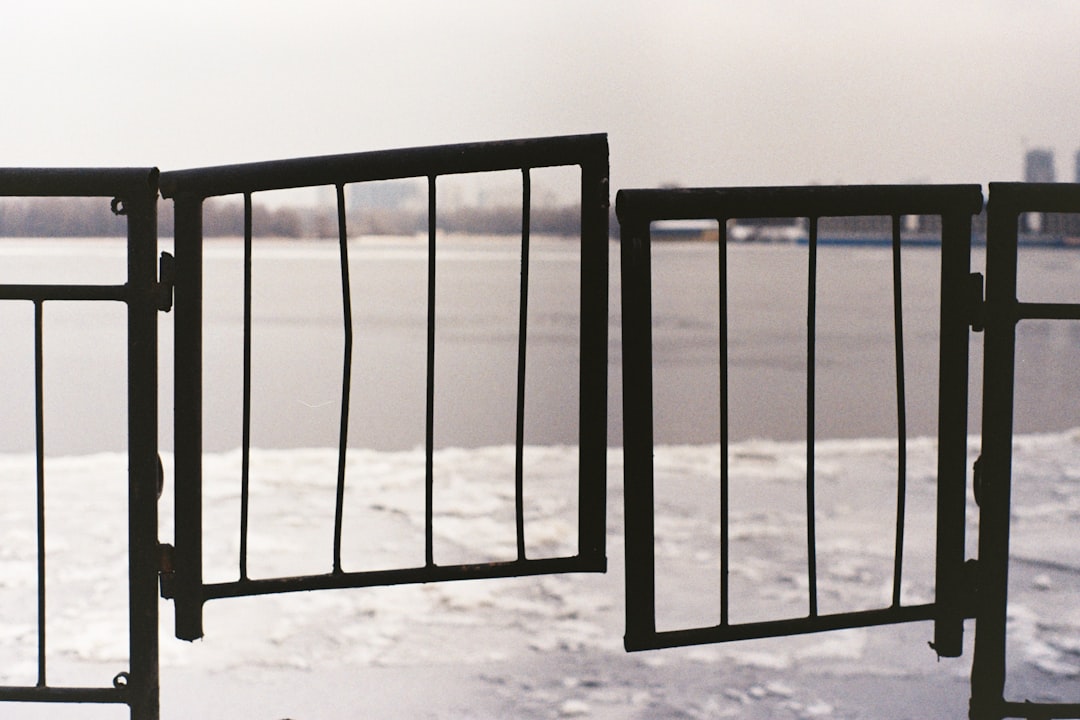Cold drawn flat bars are a versatile and widely used type of steel product, prized for their exceptional dimensional accuracy, superior surface finish, and enhanced mechanical properties. This comprehensive guide delves into the intricacies of cold drawn flat bars, exploring their manufacturing, properties, applications, advantages, and specifications.
The Manufacturing Process: From Coil to Precision
The journey of a cold drawn flat bar begins with hot-rolled steel coils. These coils undergo a series of crucial steps to transform them into the precise, high-quality products we know. The process typically involves:
- Pickling: The coil is cleaned to remove surface scale and impurities, ensuring a clean surface for subsequent operations.
- Leveling: The coil is passed through leveling rolls to straighten it and reduce internal stresses.
- Cold Drawing: This is the core process. The steel is pulled through a series of dies, gradually reducing its cross-sectional area and increasing its strength and dimensional accuracy. The process is done at room temperature, hence the term “cold drawn.”
- Straightening: After drawing, the bar is straightened to ensure it meets stringent dimensional tolerances.
- Cutting to Length: Finally, the bar is cut to the specified length, ready for use.
The precision of cold drawing allows for incredibly tight tolerances, resulting in bars with consistent dimensions and minimal variations.
Exceptional Properties: Strength, Accuracy, and Finish
Cold drawing significantly enhances the mechanical properties of the steel. Compared to hot-rolled counterparts, cold drawn flat bars exhibit:
- Higher Tensile Strength: The cold working process strengthens the steel’s crystalline structure, leading to increased tensile strength.
- Improved Surface Finish: The drawing process produces a smooth, clean surface, ideal for applications requiring a high-quality finish.
- Enhanced Dimensional Accuracy: The tightly controlled drawing process ensures superior dimensional accuracy and consistency.
- Increased Hardness: Cold working increases the hardness of the steel, making it more resistant to wear and tear.
- Improved Fatigue Resistance: The refined microstructure contributes to better fatigue resistance.
These properties make cold drawn flat bars suitable for a wide range of demanding applications.
Diverse Applications: Where Precision Matters
The unique combination of strength, accuracy, and finish makes cold drawn flat bars indispensable in various industries. Some key applications include:
- Automotive Industry: Used in components requiring high strength and precision, such as chassis parts, suspension components, and engine parts.
- Machinery Manufacturing: Ideal for creating machine parts that need to withstand high loads and maintain dimensional stability.
- Construction Industry: Employed in structural applications where high strength and accuracy are critical.
- Aerospace Industry: Used in aircraft components where lightweight, high-strength materials are essential.
- Medical Devices: Their precision and biocompatibility make them suitable for certain medical device components.
- Electrical Equipment: Used in components that require high conductivity and dimensional accuracy.
The versatility of cold drawn flat bars ensures their widespread use across diverse sectors.
Advantages Over Other Steel Products
Cold drawn flat bars offer several advantages over other steel products, including hot-rolled bars:
- Superior Dimensional Accuracy: Cold drawn bars offer significantly tighter tolerances than hot-rolled bars.
- Enhanced Surface Finish: The smoother surface requires less machining and finishing, reducing costs and lead times.
- Improved Mechanical Properties: Higher strength, hardness, and fatigue resistance compared to hot-rolled counterparts.
- Reduced Machining Costs: The precise dimensions minimize the need for extensive machining, leading to cost savings.
- Increased Productivity: The readily available, precise dimensions streamline manufacturing processes.
These advantages contribute to the overall efficiency and cost-effectiveness of using cold drawn flat bars.
Specifications and Grades: Choosing the Right Material
Cold drawn flat bars are available in a wide range of grades and specifications, each tailored to specific applications. Commonly used grades include low carbon steel, medium carbon steel, and high carbon steel. The choice of grade depends on the required strength, ductility, and other mechanical properties. Specifications typically include dimensions (width, thickness, and length), tolerance levels, and surface finish requirements. Consulting with a supplier is crucial to selecting the optimal grade and specification for your project.
Understanding the nuances of cold drawn flat bars is essential for engineers, manufacturers, and anyone involved in projects requiring high-precision steel components. Their superior properties and versatility make them a valuable asset in a wide array of applications.
Tags: Cold drawn flat bars, steel bars, precision steel, manufacturing process, mechanical properties




